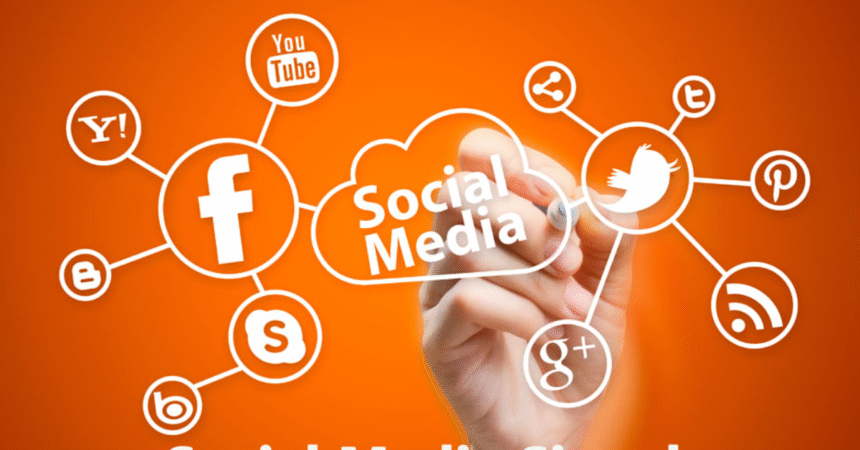The media industry is undergoing a significant transformation, with digital media, media innovation, and technology advancements playing pivotal roles. One of the most exciting trends to emerge from this digital revolution is Dualmedia. As traditional and new media converge, the possibilities for content creation and distribution seem limitless. In this blog post, we will explore the concept of Dualmedia, its impact on the media industry, and how it is reshaping the way we consume news and information.
What is Dualmedia?
Dualmedia is a term that refers to the integration of traditional media, like print and broadcast, with digital media platforms such as websites, social media, and streaming services. By combining both media worlds, Dualmedia offers a more dynamic way of delivering content across various channels. This innovative approach allows content creators to engage their audiences in multiple ways, ensuring that their message reaches consumers where they are most active.
With Dualmedia, the lines between digital and traditional media are blurring. News organizations, content creators, and tech companies are increasingly finding new ways to combine these mediums for a more seamless and engaging user experience. The rise of multimedia solutions, which incorporate text, audio, video, and interactive elements, further enhances the effectiveness of Dualmedia strategies.
The Role of Technology in Dualmedia
Technology has played a critical role in enabling the rise of Dualmedia. The rapid development of emerging technologies such as cloud computing, AI, and machine learning has revolutionized how content is created, managed, and delivered. As digital transformation continues to reshape industries, media companies are increasingly leveraging these advancements to streamline workflows and improve content delivery.
For example, news organizations are using AI-powered algorithms to generate personalized content recommendations, while cloud-based platforms allow them to distribute news across multiple channels with ease. This is just one of the ways media technology is transforming the way we consume information. By integrating digital communication tools with traditional media, companies can reach a wider audience and foster deeper connections with their readers and viewers.
Cross-Platform Media: The Power of Dualmedia
One of the key advantages of Dualmedia is its ability to deliver content across multiple platforms. As consumer behavior continues to evolve, people are no longer confined to a single device or medium for their news consumption. Instead, they engage with content on smartphones, laptops, tablets, social media platforms, and even traditional TV.
The shift toward cross-platform media is not just a passing trend; it is the future of media consumption. As news platforms become more diverse, content creators need to think about how to reach their audience on every device and through every channel. Dualmedia allows them to do just that.
The integration of traditional media like print newspapers with digital platforms ensures that news outlets can continue to cater to both their loyal print audience and the growing number of digital consumers. For example, a story may be printed in a newspaper but also available online, with supplementary content like videos, infographics, and interactive features. This enhances the user experience by offering a richer, more immersive way to consume news.
The Impact on Content Creation
As the demand for fresh, engaging, and interactive content grows, content creation has had to adapt. With Dualmedia, content creators are no longer limited to a single medium or format. Instead, they can develop stories and narratives that work across different platforms and formats, allowing for more creative freedom.
This flexibility in content creation also helps cater to a wider range of audiences. Some people prefer to read their news in print, while others might prefer watching a video or listening to a podcast. By embracing the principles of Dualmedia, content creators can ensure that their messages are accessible to everyone, regardless of their preferred medium.
Moreover, as media disruption continues to shape the industry, content creators are increasingly using digital transformation to experiment with new forms of storytelling. The use of augmented reality (AR), virtual reality (VR), and interactive videos is becoming more common, offering consumers a chance to experience stories in new and exciting ways. These innovative techniques are setting the stage for the next generation of media innovation.
Media Disruption and the Changing Landscape
The rise of Dualmedia is just one aspect of the broader media disruption that is taking place across industries. As traditional media struggles to keep pace with digital-first platforms, news organizations are having to rethink their approach to content distribution. Social media giants, streaming services, and digital-native platforms like YouTube and TikTok have become powerful players in the media landscape, challenging established broadcasters and publishers.
To stay competitive, traditional media outlets are adopting new strategies, incorporating more digital trends, and leveraging tech advancements to remain relevant. By blending traditional media formats with innovative digital tools, they can create a more engaging and flexible experience for their audiences.
One example of this disruption is the rise of news technology. Online news outlets are embracing technologies such as machine learning and AI to enhance their reporting and editorial processes. For instance, AI-driven news bots can analyze vast amounts of data to generate real-time reports on breaking stories, while human journalists provide the context and analysis needed for in-depth coverage.
The Future of Media: What Lies Ahead?
As we look to the future of media, it’s clear that Dualmedia will continue to play a crucial role in how we consume information. With new multimedia solutions emerging all the time, the possibilities for how news and content are delivered are almost limitless.
The future of media will likely involve even more personalized experiences, with content tailored to individual preferences and delivered across a range of devices. We can expect greater integration between digital communication channels, more interactive features, and even deeper involvement from emerging technologies like 5G and blockchain.
Ultimately, Dualmedia is not just a trend—it’s the future of media. As the lines between digital and traditional media continue to blur, companies that embrace this new way of thinking will have a competitive edge in the evolving landscape of content creation and distribution.











